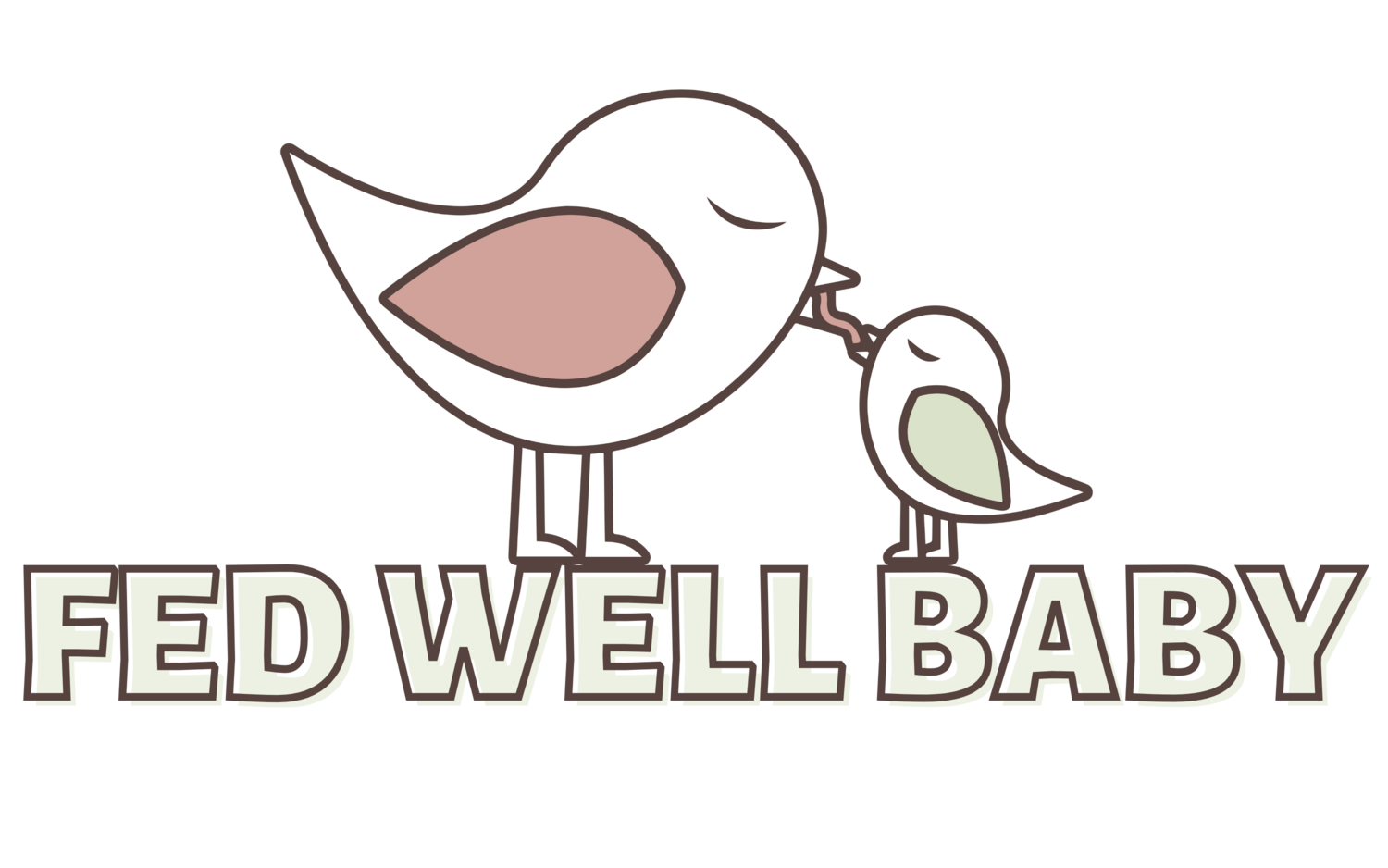
5 CAUSES FOR LOW MILK SUPPLY
…and what to do about it.
If you are struggling with low milk supply, you are not alone! We’re going to address 5 causes that you may want to look into…
Cause #1: Do you have low iron? Iron deficiency may be associated with low iron levels. Menstruation resuming postpartum can also further deplete iron stores leading to lower milk levels. Get those iron levels checked!
Cause #2: An undiagnosed posterior tongue tie. This is by far one of the most common reasons for low milk supply. In particular, it can be common to start noticing issues around the 3 month mark. The reason for this supply dip is that often breastmilk is still plentiful during the early months, but your body tends to level out by month 3. If baby has not been extracting milk properly, your body may have gotten the message that it does not need to produce as much milk as before. Often a warning sign is that baby’s weight gain begins to slow down significantly. You do not need to have pain or breastfeeding issues to have a baby with a posterior tie!
See the March Thrive Guide Block “6 Signs of a Posterior Tongue tie” to see if your baby matches any of these signs.
Note: the majority of pediatricians and ENTS are not actually trained to assess for a posterior tongue tie. Find a good IBCLC who is experienced in ties and can give an initial assessment, and will then refer you out to someone who has experience (typically a pediatric dentist). You can also find your state’s tongue tie Facebook Group which is a great place to find a good provider.
Cause #3: Lack of hydration and eating enough calories. Sometimes the issue is simply a lack of hydration and eating enough. Moms often rave about BodyArmor drinks helping with supply, however there is nothing magical about BodyArmor drinks. Rather, they just contain electrolytes and help hydrate. If you want more natural options for electrolyte drinks, consider drinking coconut water or purchasing trace mineral drops like these that you can add to your own drinks like infused water!
When it comes to eating, it’s often easy for breastfeeding moms who have just started a restricted diet to start eating less, especially in the stage of trying to figure out what is safe to eat. It’s so important to keep eating throughout the day to stay full. Try not to focus on calorie counting and just listen to your body.
Try this rhythm: breakfast, mid morning snack, lunch, afternoon snack, dinner and a snack before bedtime. Focus on healthy fats, lots of protein and complex carbs. Even if you are hesitant to eat a lot of food brands, you can stick to whole foods like avocados, coconut oil, sweet potatoes, etc. to keep you fueled.
Cause #4: not feeding enough throughout the day. Breasts will only make as much milk as they are being emptied. If you have recently started solids, are not pumping to replace what baby ate while you were away, or baby is sleeping longer stretches at night, these can all be contributing factors as to why your milk supply is low.
Try doing some dream feeds at night to see if that helps increase your supply. It can be tempting to let baby sleep for long stretches, but sometimes this can hinder milk supply.
Always make sure that you offer breastmilk before solids before age 1 so that this remains the primary food, and the demand is still high for breastmilk.
If someone feeds your baby frozen breastmilk while at work or you are out, make sure you are pumping the same amount that baby consumed. If you can’t keep up, make sure your child’s care provider is pace feeding!
Cause #5: Know that supplementing with formula can perpetuate the cycle of low milk supply. Sometimes formula will keep a baby full for longer which means that baby might be less likely to want to nurse for the next feed. This then tells your body to produce less milk. If you are struggling with low milk supply and thinking about supplementing, rule out the above issues first and book a consult with a lactation consultant!
